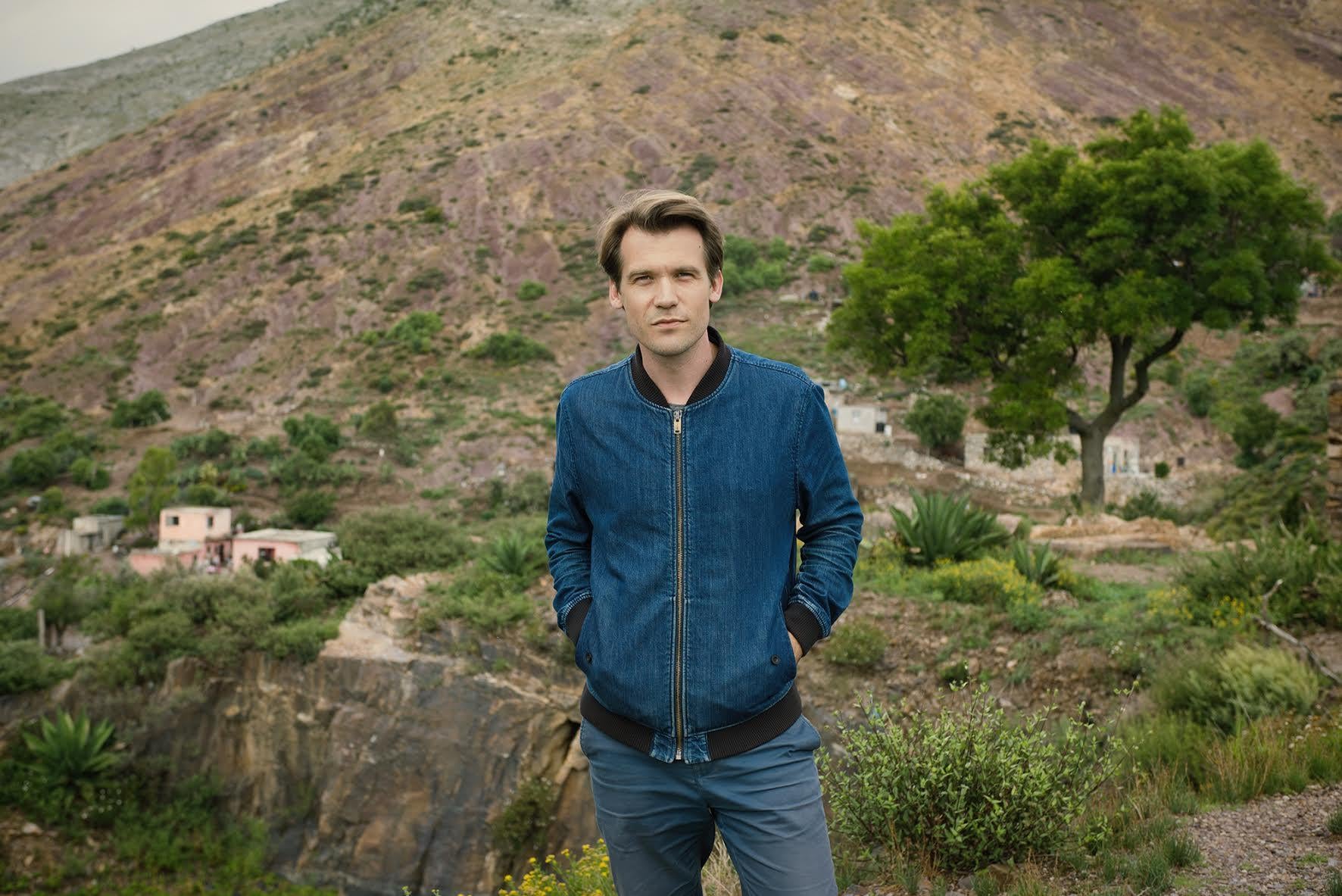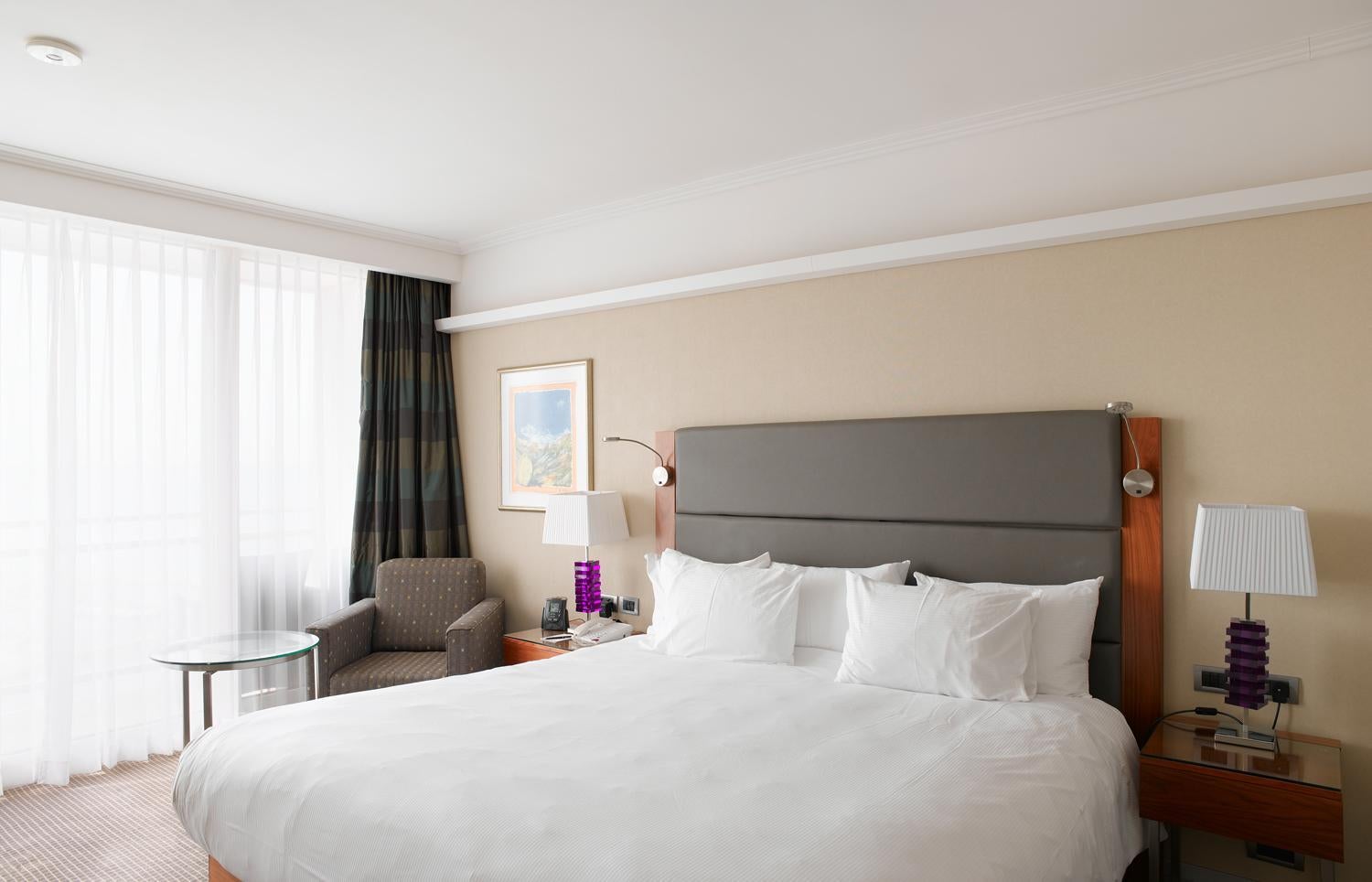Here's why one man photographed Hilton hotels in 32 countries for an art project
Photographer Roger Eberhard wanted to work on a project about "standardised" travel. But it turned out that many city views were as anonymous as the rooms

Your support helps us to tell the story
From reproductive rights to climate change to Big Tech, The Independent is on the ground when the story is developing. Whether it's investigating the financials of Elon Musk's pro-Trump PAC or producing our latest documentary, 'The A Word', which shines a light on the American women fighting for reproductive rights, we know how important it is to parse out the facts from the messaging.
At such a critical moment in US history, we need reporters on the ground. Your donation allows us to keep sending journalists to speak to both sides of the story.
The Independent is trusted by Americans across the entire political spectrum. And unlike many other quality news outlets, we choose not to lock Americans out of our reporting and analysis with paywalls. We believe quality journalism should be available to everyone, paid for by those who can afford it.
Your support makes all the difference.A man who took photographs of the chain hotel rooms and skylines of cities across six continents found something rather disheartening - they're all beginning to look the same.
Roger Eberhard travelled to 32 different countries, taking one photo of his hotel room, and one photo of the city skyline from his window.
The results have been compiled in a book called Standard, which looks at the way travel has been standardised across the globe.
Out now, the book is a fascinating look at the business travel aesthetic – the HIlton rooms look blandly similar from São Paulo to Sydney, right down to the retro alarm clocks that, Eberhard learned, Hilton demanded its local outposts buy.
But what surprised him as he went from city to city, requesting an entry-level room at each hotel, was that the rooms weren’t the only things that seemed identical.
“It’s remarkably difficult to judge where you are in the world from looking out at the view,” he told The Independent. “If you compare Sydney to Shanghai and São Paulo, they’re very similar in many ways. As I went on, it was obvious that the project wasn’t just about the standard room with the standardised items like the four pillows on the bed, the same toiletries and the alarm clock. ‘Standardised’ applies to both the room and the view – it almost became its own genre.” He calls it the “postcard view” – “it’s always a great overview of a city, like a postcard, but the landmarks are missing. There was never a room with the perfect view of the Eiffel Tower or the Empire State Building.” (Of course, the hotels might argue, that’s also because he was booking the entry-level rooms. In Buenos Aires, he was looking at the building next door.)
The Standard project was inspired by Conrad Hilton’s maxim that every Hilton should be “a little America”. It was a new world for Eberhard, who wasn’t even a member of the Hilton loyalty programme when he started (by the end, he was a top tier Diamond member). But as he moved from city to city – “what with the jetlag, I was only really sleeping on the planes,” he says – he noticed a concerted effort to infuse the hotel with subtle nods to the locations.

“In Hanoi, there was a really strange wallpaper, in Venice there was a Murano glass chandelier, in Nairobi it was the pattern on the curtains. São Paulo was the only hotel to have a local brand of toiletries – there was all these hints about where you were.”
Eberhard has nothing but praise for Hilton staff, who dealt with his odd request (a standard room – even if that meant a downgrade, because his rocketing status with the chain allowed him free upgrades – with a kingsize bed on the right hand side) without blinking. “I never explained what I was doing, but not once did anyone look at me funny or ask why. In Nairobi I looked at seven or eight rooms before I found the one that worked, but they couldn’t have been more helpful,” he says (he singles out Nairobi and Addis Ababa as having the friendliest staff). He says he didn’t have a single negative experience, and that everyone was professional but discreet – “they’re polite but they stay in the background and leave you alone.” The only time the guard dropped was in Bangkok, where he was travelling with a male friend and made his standard request.
“It was the only time I got a reaction out of a Hilton employee that probably wasn’t appropriate – I asked for my normal kingsize bed and they said, ‘We also have rooms with two separate beds.’ I said, ‘No, a kingsize is quite ok for the two of us,’ and the two ladies behind the desk started chuckling and said, ‘Of course.’ But I thought that was really cute because usually the staff had friendly faces but showed no emotion.”
He swiftly lost his top tier status once the project ended – in fact, he hasn’t stayed in a Hilton since finishing the book two years ago – but Eberhard is at pains to say that Standard should be taken neither as a critique of Hilton properties, nor as an advertisement for their often spectacular views. “They’re offering a product – Hilton to me is synonymous with Western business hotels,” he says. “It’s looking at our own roles, and the way we commute and go about exploring.”
His next trip? “I just booked a hotel in Arles in Provence, for a photography festival this summer,” he says. “Just a little two-star hotel in the town centre.”
Click here for the latest tours, holidays and cruises from Independent Holidays
Join our commenting forum
Join thought-provoking conversations, follow other Independent readers and see their replies
Comments